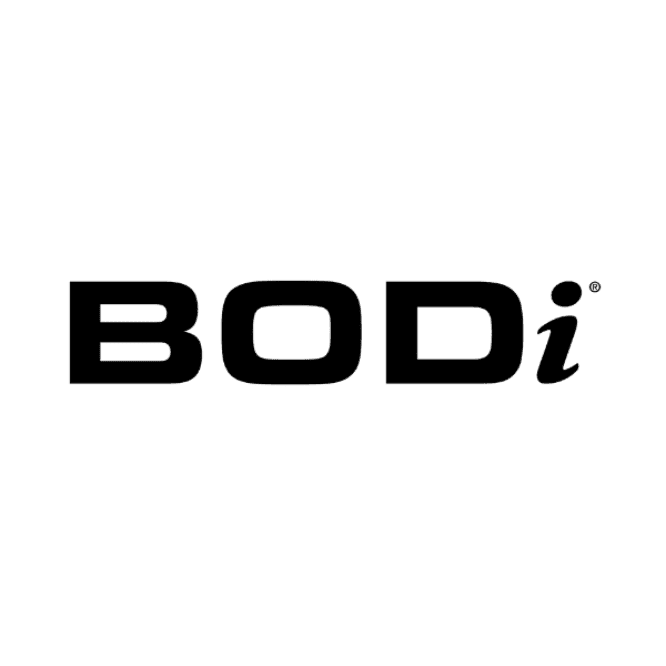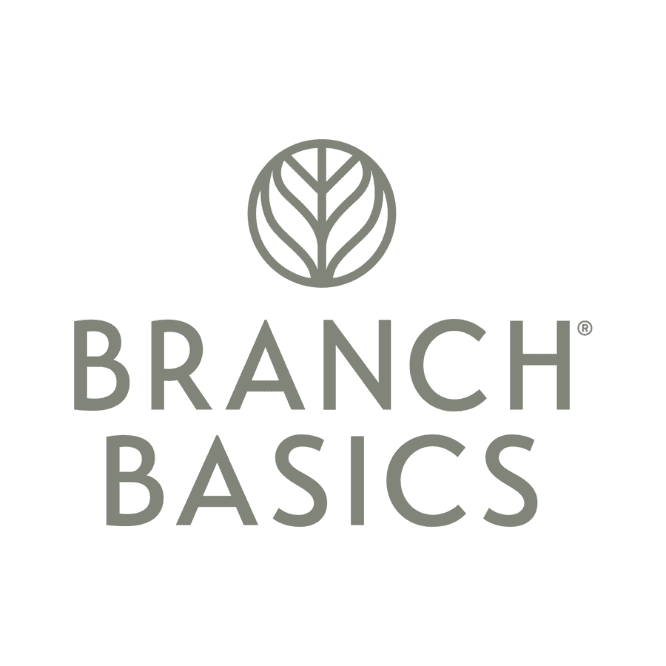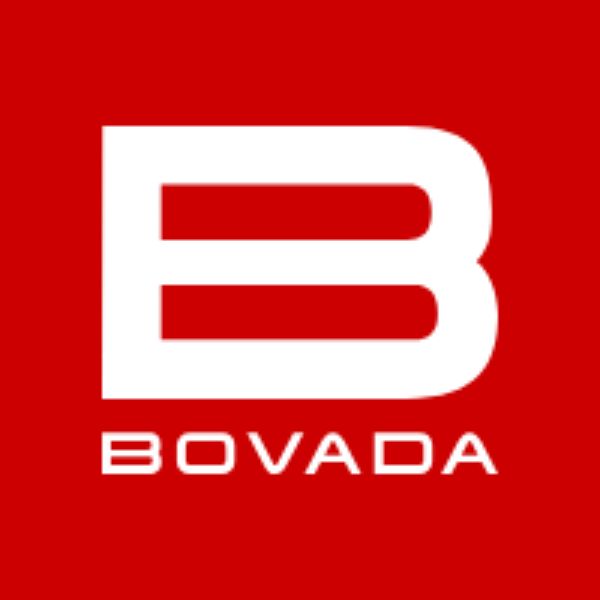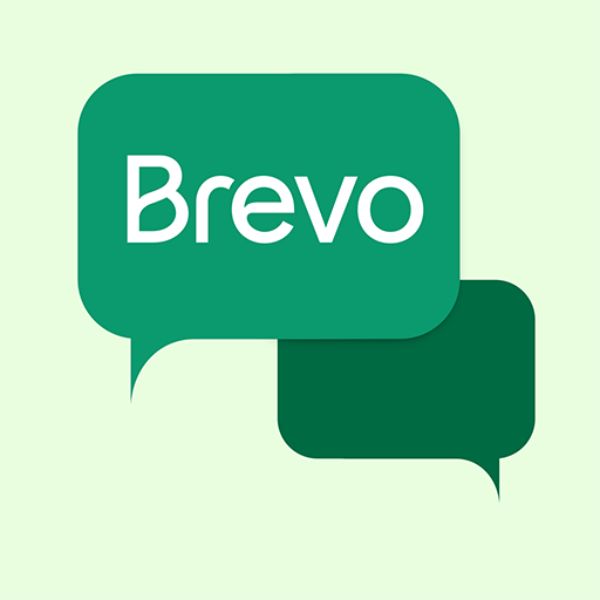About The Beachbody Company (Now BODi)
The Beachbody Company, founded in 1998, is a prominent American fitness and health company, now publicly traded under the name BODi (Beachbody On Demand Interactive).
The company is known for its holistic approach to wellness, which integrates fitness, nutrition, and community support. Its core offerings include:
- Fitness Programs: An extensive library of structured, at-home workout programs streamed through its digital platform, Beachbody On Demand (BOD), and its live/interactive platform, BODi. Famous programs include P90X, Insanity, 21 Day Fix, and LIIFT4.
- Nutritional Products: A line of dietary supplements like the nutrient-dense meal replacement shake Shakeology, and the Beachbody Performance line of supplements (pre-workout, post-workout, etc.).
- Community: The brand traditionally leveraged a network of independent distributors, historically called “Coaches,” to provide peer-to-peer support and motivation.
In October 2024, the company announced a significant strategic shift, transitioning from its long-standing multi-level marketing (MLM) model to a simplified, single-level Affiliate Program model, effective November 1, 2024, to focus on direct-to-consumer and digital operations.
BODi (Beachbody) Affiliate Program Overview
The BODi Affiliate Program is a performance-based marketing initiative designed for content creators to earn commissions by promoting BODi’s fitness and nutrition products. This program replaces the company’s previous MLM “Coach” structure, focusing on direct sales commissions rather than team recruitment bonuses.
| Factor | Description |
| Industry | Fitness, Health & Wellness, Streaming Media (Subscription), Dietary Supplements |
| Product Type | Digital Subscriptions (Workouts/Streaming), Physical Products (Supplements, Equipment, Apparel), and “Total-Solution Packs” (Bundles) |
| Affiliate Program Type | Single-Tier Affiliate Marketing (Transitioning from a Multi-Level Marketing structure) |
BODi (Beachbody) Affiliate Program Offers
This program provides competitive offers to incentivize affiliates, including high commission potential and a standard cookie duration.
| Factor | Description |
| Promotional Materials | Access to an Affiliate Dashboard, unique tracking links, product assets, success stories, sample posts, and affiliate newsletters with early notice of sales and new products. |
| Affiliate Cookie Duration | 30 days (Uses a Last Click attribution model). |
| Accepted Traffic Source | Public social media profiles (TikTok, Instagram, etc.), blogs, YouTube channels, and email newsletters, provided there is consistent activity and an engaged following. |
| Accepted Countries | United States, Canada, United Kingdom, and France (The company’s primary operating regions). |
| Explicit Content | Not accepted; affiliates must adhere to program terms. |
| Religious or Political Content | Not accepted; affiliates must adhere to program terms, focusing on fitness and wellness content. |
BODi (Beachbody) Affiliate Commissions & Payments
The new affiliate model focuses on high direct-sales commissions, simplifying the earning structure compared to the former MLM model.
| Factor | Description |
| MLM | The company eliminated its Multi-Level Marketing model in late 2024, transitioning to a single-level affiliate program. |
| Commission Rate | Up to 40% on certain BODi products and memberships. Rates typically vary: 25%-40% on non-Total-Solution Pack products, and up to 36% on Total-Solution Packs. |
| Commission Structure | Single-tier, performance-based commissions on retail sales through the affiliate’s unique link. The complex “Team Cycle Bonuses” and “Matching Bonuses” from the old MLM model are being eliminated. |
| Payout Frequency | Twice per month (2x/month). |
| Payout Methods | Details often depend on the affiliate management software or internal system (e.g., direct deposit, PayPal), which are managed through the affiliate dashboard. |
| Minimum Payout | This specific detail is typically found in the full affiliate terms; generally, a minimum balance (often $50 – $100) is required for payout in similar programs. |
Suitable Affiliates for BODi (Beachbody) Affiliate
The program is best suited for content creators who are authentic users of the products and can build trust and community around their own fitness journey.
- Bloggers: Highly suitable. Can create in-depth reviews, program comparisons (e.g., P90X vs. Insanity), and success stories, leveraging SEO for organic traffic.
- TikTokers/Influencers/KOL/KOC: Highly suitable. The program rewards people who share their personal health and fitness journey. Short-form video and high social media engagement are ideal for promoting digital subscriptions and supplements.
- YouTubers: Highly suitable. Can create video content like workout reviews, “What I Eat in a Day” featuring Shakeology, transformation vlogs, and tutorials for the different programs.
- Livestreamers: Suitable. Can promote live and on-demand classes by sharing their real-time workouts and engaging directly with their audience about their experience.
- Video editors: Suitable, if they partner with an affiliate or create their own content platform showcasing the product.
- Overall: The program is ideal for those who can authentically inspire and motivate an audience to pursue health and fitness, focusing on content creation and audience engagement rather than recruitment.
BODi (Beachbody) Affiliate Software
The Beachbody Company previously utilized a combination of an internal system (for the MLM structure) and established affiliate networks like CJ Affiliate for more traditional affiliate partnerships. With the shift to a single-level affiliate program, the company centralizes its operations around the BODi.com eCommerce platform and uses a proprietary dashboard to track clicks, conversions, and commissions.
While it has used third-party platforms in the past, its primary affiliate management is handled by its in-house affiliate management software integrated with the BODi ecosystem.
Alternatives for BODi (Beachbody) Affiliate Program
| Comparison Factor | BODi (Beachbody) Affiliate Program | Peloton Affiliate Program | TRX Affiliate Program | Transparent Labs Affiliate |
| Industry Focus | Digital Subscriptions & Supplements | Equipment & Digital Subscriptions | Equipment & Training | Supplements & Nutrition |
| Commission Rate | Up to 40% (on select products/memberships) | 3% – 10% (Varies by product type) | 10% (On equipment/training) | 8% – 12% (On supplements) |
| Average Bill | $100 – $300+ (Total-Solution Packs, Subscriptions, Supplements) | $50 – $2,000+ (High-ticket equipment, lower-cost apparel/subscriptions) | $150 – $400 (Suspension trainers, bundles) | $50 – $150 (Supplement stacks) |
| Entry Fees | Free to join (The former enrollment/monthly fees associated with the MLM “Coach” role are being eliminated). | Free | Free | Free |
| Conversion | Strong brand recognition (P90X, Insanity) helps convert warm audiences. | High purchase commitment (equipment) can make conversion rate lower, but high order value. | Appeals to fitness enthusiasts and trainers; balanced conversion/AOV. | High purchase frequency (consumable product) aids long-term conversions. |
| Payment Frequency | 2x/month | Monthly (Typical for major networks) | Monthly (Typical for major networks) | Monthly (Typical for major networks) |
| Withdrawal Threshold | Varies (Internal system) | $50 – $100 (Standard on networks) | $50 – $100 (Standard on networks) | $50 – $100 (Standard on networks) |
| Marketing Materials | Unique links, product assets, sample posts, affiliate newsletters. | Banners, text links, dedicated affiliate manager support. | Banners, text links, seasonal promotions. | Product images, text links, deep linking options. |










